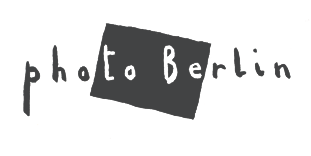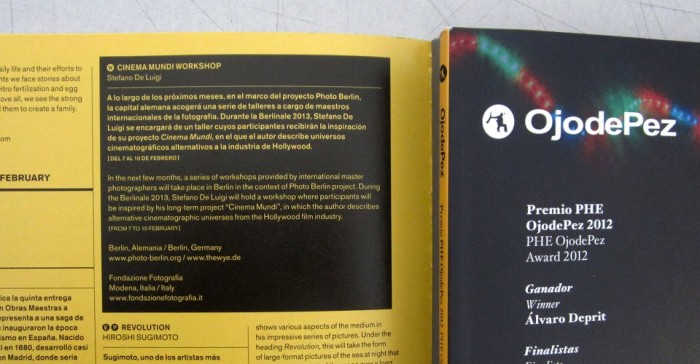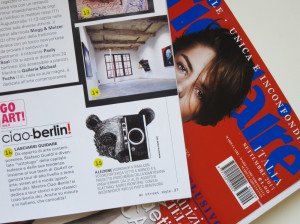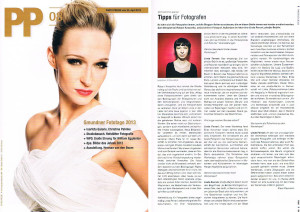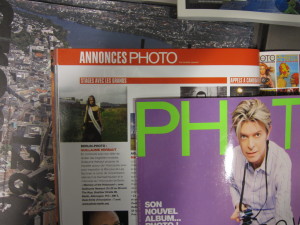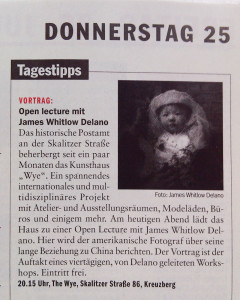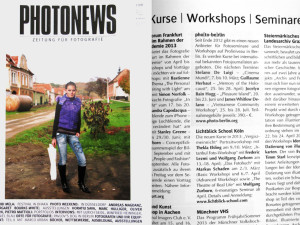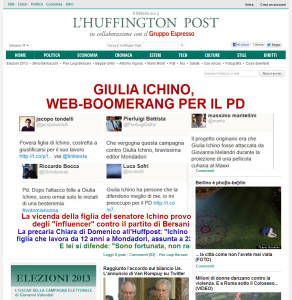10 steps to a photography project
Photo-Berlin Story, 3 min read
Some of you already know the story of two girls meeting for a coffee and ending up to relaunch a photographic project named “Photo-Berlin”.
Now it’s time to let you know what happened before.
In 2012 Linda was working as a photographer in Italy. She was totally immersed in the photojournalism world: her friends were photographers, her holidays were spent at photo festivals, her computer contained nothing else but pictures. When everything was becoming perfect and her photographic language was finally taking shape after years, she decided to move to Berlin.
We still don’t know if it was a good idea or not.
We only know that she started working on a new idea shortly after.
For the first time, she thought of an archive of stories about Berlin, consisting of pictures taken by people that wanted to improve their story-telling skills.
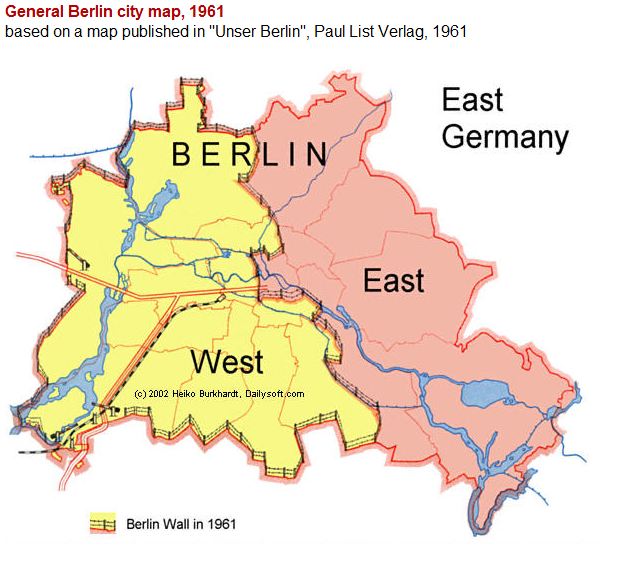
This is how she did it:
1) Find the name. She started to play with the words photography, stories and Berlin and asking advices to everyone. Then a friend told her: “did you notice the to be that comes out writing photo close to Berlin? In this way it underlines that the project will focus on and take place in Berlin.”
![]()
2) Think about a logo, and so she paid a small graphic design studio.

3) Create a website, finding and paying a web designer.
3a) The website had to contain images, but they hadn’t been produced yet. So a friend introduced her to a talented illustrator who drew the first teddy bear and then all the others.

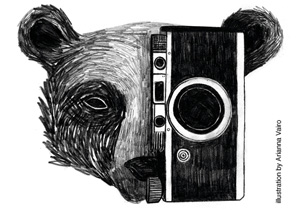
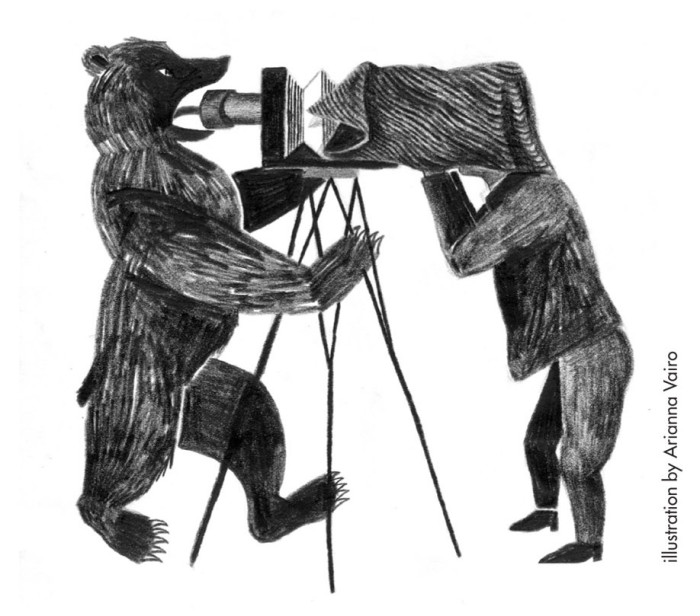
3b) She realized that she needed an English text to make Photo-Berlin an international project. Her mother language – Italian – is spoken only in her country, but she wasn’t able to pay a translator too, so she looked for phrases in the web with similar meaning to what she had in mind. Yes, the first Photo-Berlin website was nothing else than a copy & paste of sentences written by others!
This is where she agreed to give up on perfection. Language was the first thing.
4) Study the market, the competitors and decide a fair price, one that she would pay for such a thing. Making sure to cover all the expenses without losing money as she has always preferred to pay the assistants than herself.


5a) Think of an educational program. Reflect on how many days, which ones of the week and how many hours a day. Think about what topics might be interesting in Berlin. Rethink what she loved from other workshops she attended and what she missed.
5b) Find photographers considered masters in the field, asking them to hold a workshop without being sure whether it will happen or not.
5c) Think about all the pre-production, exactly what a journalist does before going on assignment. Finding contacts with the local communities (from the Muslim one to the Vietnamese) and ask permission to take photos.
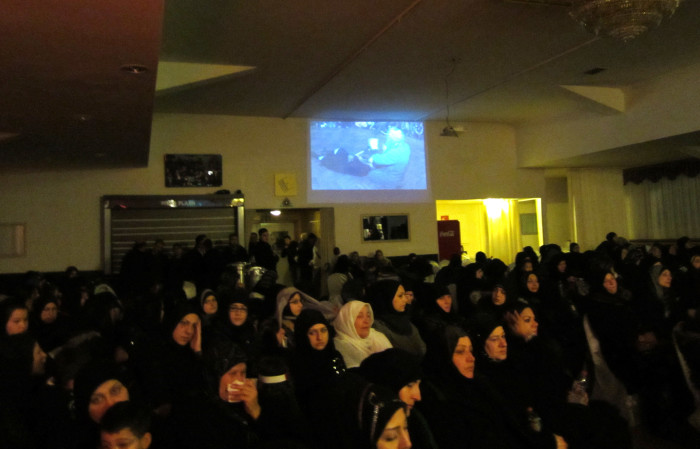
6) Find a place that would accept her project. She has to thank the founder of The Wye that with her fantastic American spirit understood and appreciated the project.
7a) Learn from mistakes: paying a lot for a famous newsletter service that brought a total of 12 visits to the site.
7b) Figure out in what other ways she could make the project known. And then accepting to become a “spam person” : )
7c) Print 5 thousand flyers and distribute them throughout Berlin with help from a couple of friends during the European Month of Photography Berlin (2012).
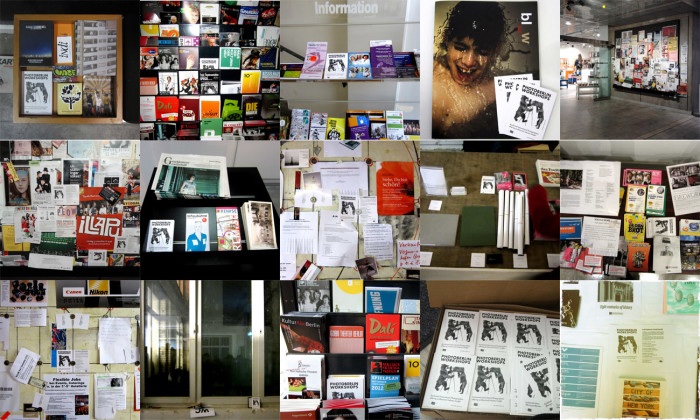
7d) Spend three weeks day and night scanning the web to find all the blogs related to photography and ask them to write a few lines about the project.
8) Organize the logistics including: accommodation, flights, pick up the masters, etc.
9) Think about giving something back to the city and organize open events to the public. Spend time wondering: is it better at 18.30 or at 19.30? You’ll find yourself thinking about when the sun sets in Berlin, since you need the dark in order to project pictures.
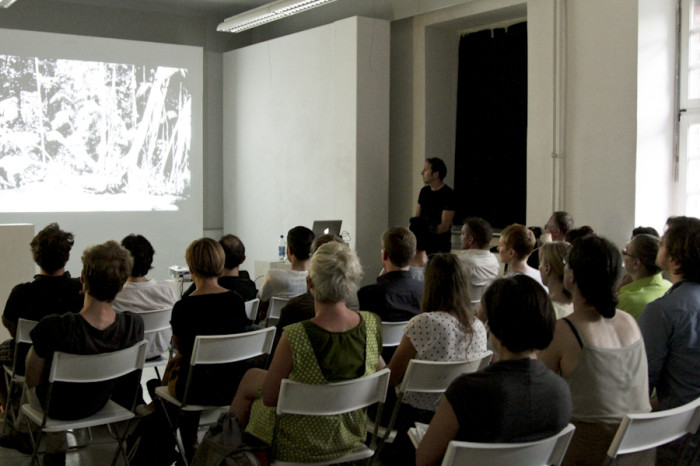
10) Think about the participants, of course! and therefore not only making sure that they find a place to sleep, but also arrive on time, buy some snacks during the break, and then answer all questions because you are supposed to have the answers.
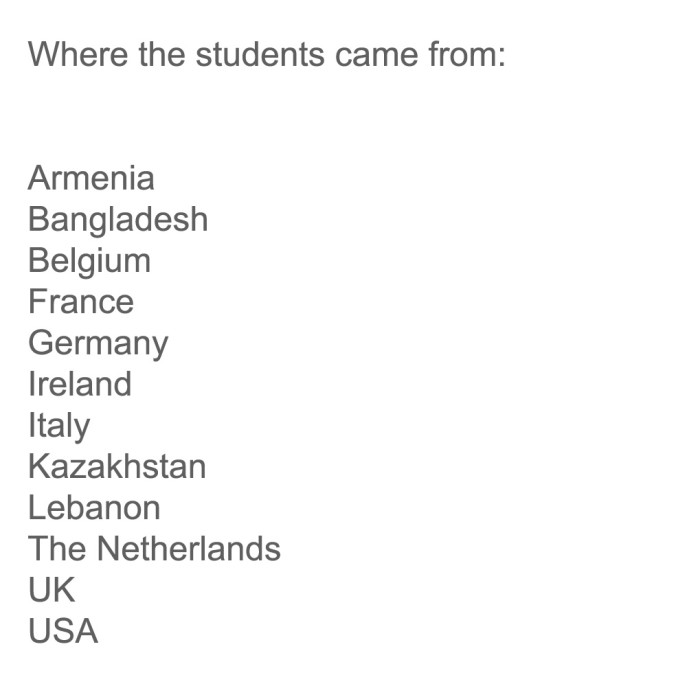
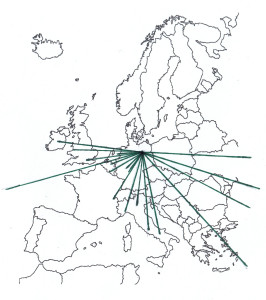
So a year after your thought “but why don’t I organize photography workshops, just as I would have attended them?” you find yourself to be both a schoolteacher and a janitor!
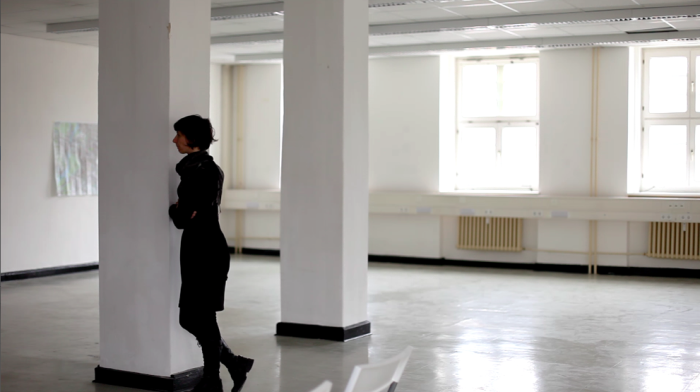
But you also find yourself invited by international festivals like Look3 to nominate photographers for a night projection and having to back down humbly and say publicly “I am not able to do these kind of things.”
A lot of mistakes came after,
many people think that you are odd
and others think you are god
but this is what I’ve learned from the Photo-Berlin experience:
1) Try. If you don’t, you’ll never know how hard it is.
2) Accept a percentage of imperfection, even if you have to constantly strive for perfection. A wrong comma in a text or an incorrect flyer is not a drama but you have to change as soon as you realize the mistakes.
3) Be coherent. Do not change your identity once you have decided it.
4) Be curious and learn to manage a bit of everything: from writing html code to communication strategies like writing about your life in the web (here it is!). From developing your photographic taste to knowing how to manage fickle artists. And don’t forget to check real names when you purchase air travel…
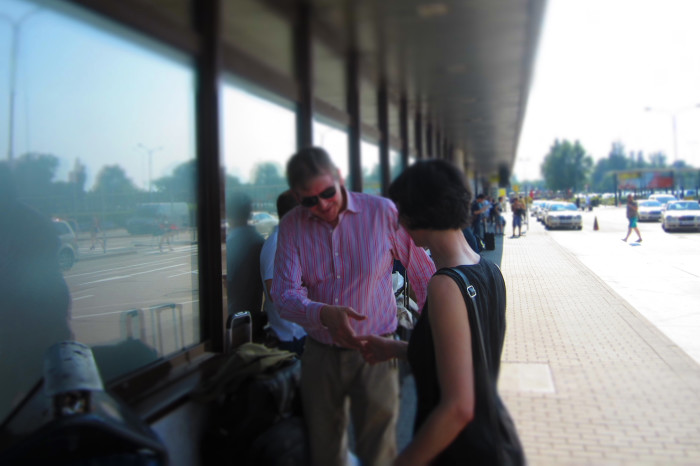
The only advice I would say:
given that starting a new project is a creative act, don’t forget that if you want your project to become special, you don’t have to spare.
Give everything,
give more than you have!
Don’t be stingy,
don’t be afraid of losing too much,
there is nothing worse than saying or thinking “I should have done more”!
